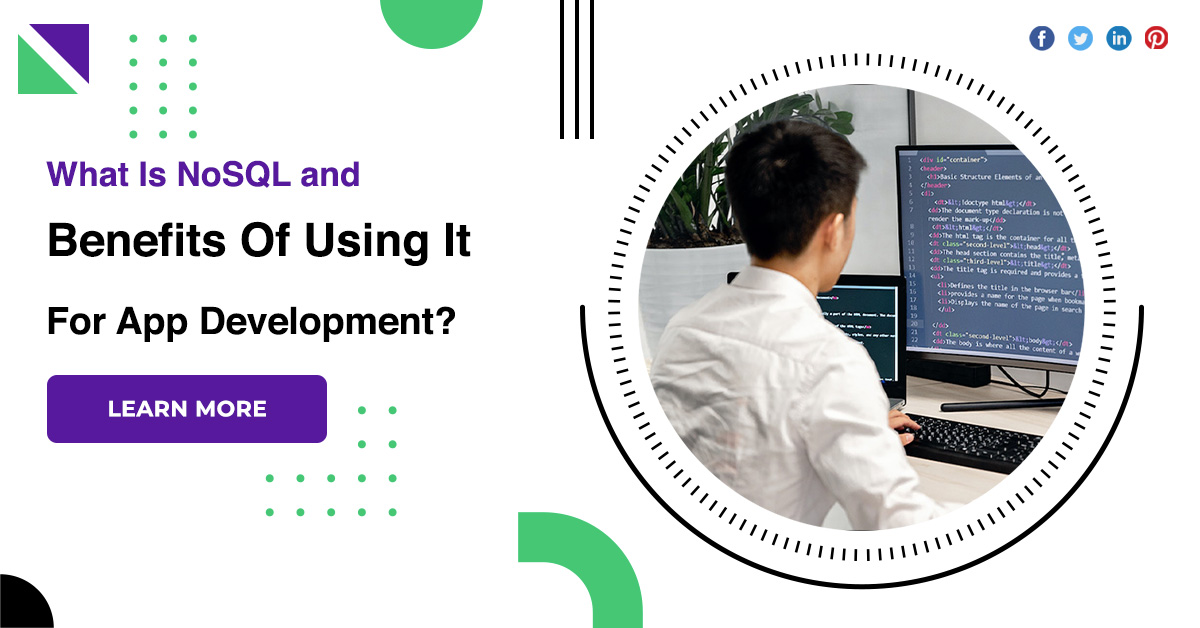During the early ages of computers as storage of information became a problem, the concept of ‘databases’ was introduced where all the information could be stored so that it was possible to retrieve information as and when required across sessions. It was stored in numbered or coded format as well as in singular tables.
NoSQL
Auto-sharding
Because of the way they are structured, relational databases usually scale vertically a single server has to host the entire database to ensure reliability and continuous availability of data. This gets expensive quickly, places limits on scale, and creates a relatively small number of failure points for database infrastructure.
Replication
Most NoSQL databases also support automatic replication, meaning that you get high availability and disaster recovery without involving separate applications to manage these tasks. The storage environment is essentially virtualized from the developer’s perspective.
Integrated caching
These systems can improve read performance substantially, but they do not improve write performance, and they add complexity to system deployments. If your application is dominated by reads then a distributed cache should probably be considered, but if your application is dominated by writes or if you have a relatively even mix of reads and writes, then a distributed cache may not improve the overall experience of your end users.

User profile store
To enable online transactions, user preferences, authentication of user and more, it is required to store the user profile by web and mobile application in recent time users of web and mobile application are grown very rapidly. The relational database could not handle such large volume of user profile data which growing rapidly, as it is limited to single server.
Content and metadata store
Many companies like publication houses require a place where they can store large amount of data, which include articles, digital content and e-books, in order to merge various tools for learning in single platform. The applications which are content based, for such application metadata is very frequently accessed data which need less response times.
Mobile applications
Since the smartphone users are increasing very rapidly, mobile applications face problems related to growth and volume. Using NoSQL database mobile application development can be started with small size and can be easily expanded as the number of user increases, which is very difficult if you consider relational databases.

Third-party data aggregation
Frequently a business require to access data produced by third party. For instance, a consumer packaged goods company may require to get sales data from stores as well as shopper’s purchase history.
Conclusion
The objective of this article was therefore to present the main differences that exist to help you make the right decision and shape the future of your information system.





















Discussion about this post